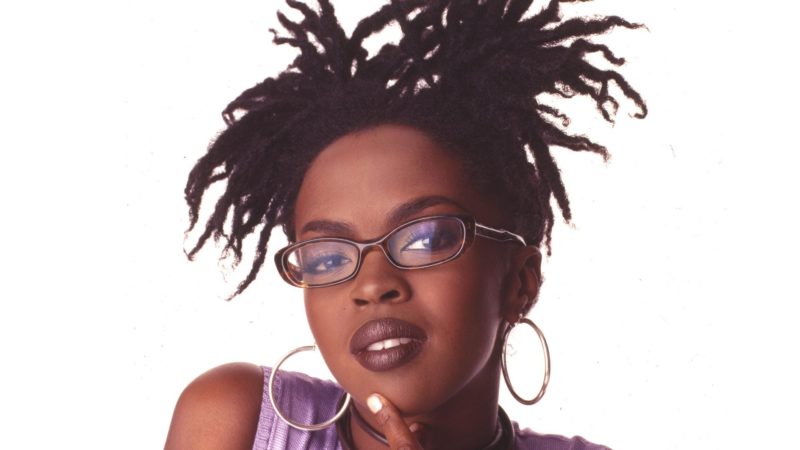Ladies First: Smithsonian Hip-Hop Anthology Honors Women’s Contributions To The Genre
Share
Explore Our Galleries
Breaking News!
Today's news and culture by Black and other reporters in the Black and mainstream media.
Ways to Support ABHM?
By Brooklyn White, Essence.com
Kierna Mayo, a media maverick and an original staffer for groundbreaking hip-hop magazine The Source, has been one of the premier record-keepers of rap music. With an especial focus on the women of the genre (the debut 1999 issue of Mayo’s late magazine, Honey, featured Lauryn Hill on the cover), she has lovingly bridged the gap between lyricists and fans. Her essay “Hip-Hop Heroines” is a celebration of women’s contributions to hip-hop and is featured in the Smithsonian Anthology of Hip-Hop and Rap, which is available now.
“Hip-hop journalism and hip-hop feminism are both kind of coming to the world as I’m coming to the world,” Mayo says of the early days of her career. “That pivotal point where those two ideas that aren’t always the same thing, meet, collide and marry each other.”
The Smithsonian’s book nearly bursts with appreciation for a sound born out glory and anguish. Enlisting a crew of dedicated journalists, including Michael A. Gonzalez, Naima Cochrane and more, the 300-page book contains 11 essays, as well as rare images and a separate set of 9 mixtape-style CDs that encapsulate nearly 50-years’ worth of culture. The forefathers and foremothers are approached with the same amount of reverence with each careful page turn.

Mayo begins and ends her ode with a nod to the legacy of Roxanne Shanté, the teen who spat bars through braces and made a mark the moment she unsheathed the microphone. Like Shanté, Mayo is woven into the tapestry of hip-hop and is one of the ultimate reminders to remember the ladies. “To me she seemed like a real central, natural place to begin,” Mayo says. Reminiscing on the days of Jordache and Gloria Vanderbilt jeans and “thumping” parties, the writer takes us back to a time when women, girls rather, were first recognized as powerhouses within the burgeoning art form.
Read original article HERE.
To purchase the Smithsonian Anthology of Hip-Hop and Rap HERE
Learn more about the Smithsonian National Museum of African American History & Culture HERE
More Breaking News here.











Comments Are Welcome
Note: We moderate submissions in order to create a space for meaningful dialogue, a space where museum visitors – adults and youth –– can exchange informed, thoughtful, and relevant comments that add value to our exhibits.
Racial slurs, personal attacks, obscenity, profanity, and SHOUTING do not meet the above standard. Such comments are posted in the exhibit Hateful Speech. Commercial promotions, impersonations, and incoherent comments likewise fail to meet our goals, so will not be posted. Submissions longer than 120 words will be shortened.
See our full Comments Policy here.